

The Sill’s mission is to empower all people to be plant people. Follow along for all our gardening tips, hacks, and inspo you need. Happy planting!
As the weather changes outside, your plant care routine should change inside. Indoor plants are affected by outdoor changes. The good news? Spring is arguably the best time of year for your houseplants! With the start of the growing season, the plants that seemed dormant all winter will start to flourish right before your eyes. Like you, they’re looking forward to warmer weather and longer days, so up the ante in your plant care routine to keep them healthy and happy during this exciting time.
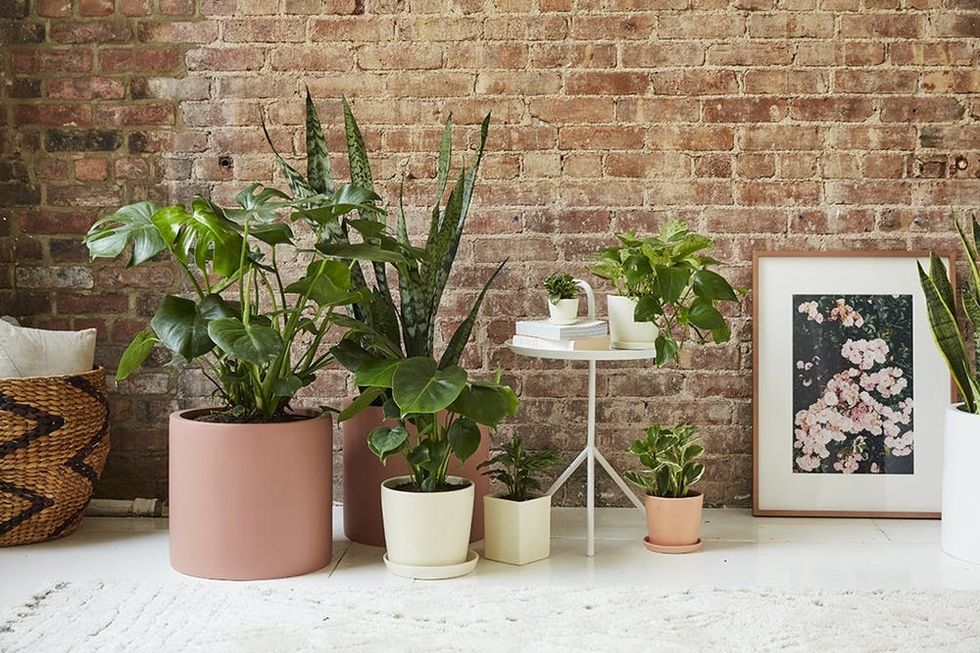
WATER
You might find yourself needing to water your plants more than usual to make up for the rising temperature and increased hours of daylight. The best time to water is early morning or early evening, when temperatures are cooler and water is less likely to evaporate right away.
Remember that overwatering is one of the easiest ways to kill a plant, so make sure to increase your watering gradually, checking on your plant regularly turning this time of adjustment. If it begins to wilt, water and mist more frequently. If its soil is soggy for more than a day or two, water less.
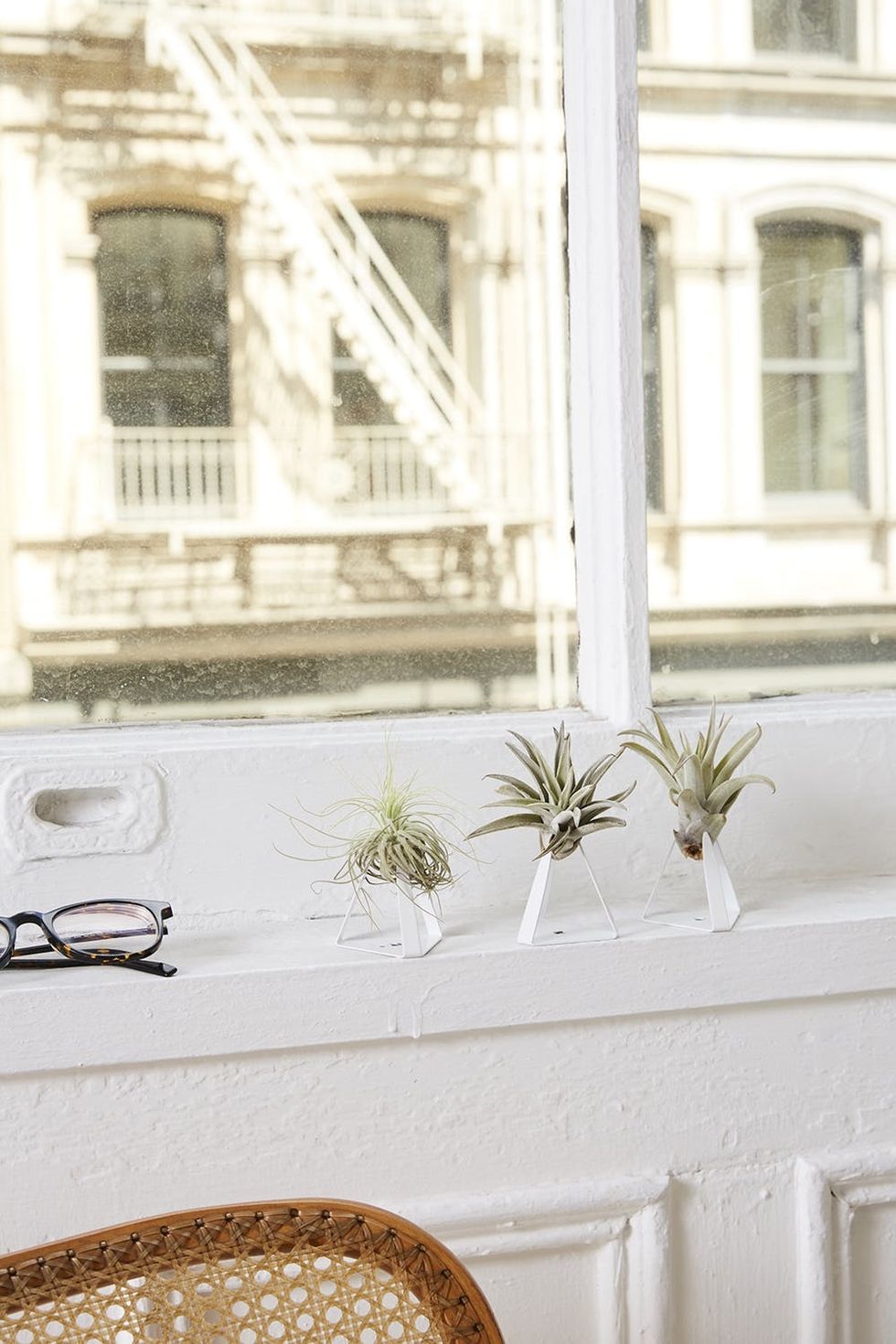
For plants that thrive in moderate to high humidity, continue to mist them lightly in between weekly waterings. If you find yourself needing to water a plant daily, you can help it retain moisture by adding rocks to the top of the potting mix to slow evaporation, or covering it with a clear cup (plastic or glass) in between waterings. Just make sure your makeshift terrarium doesn’t rest on your plant’s leaves, which might damage them.
SUNLIGHT
If you kept your houseplants in a spot that received direct sunlight for an hour or two during the winter, gradually move them further into the room or draw a sheer curtain during the day. The sun is stronger in the spring and summer, and the daylight hours are longer. Moving them to spot that receives indirect light will help them avoid leaf burn – ouch!
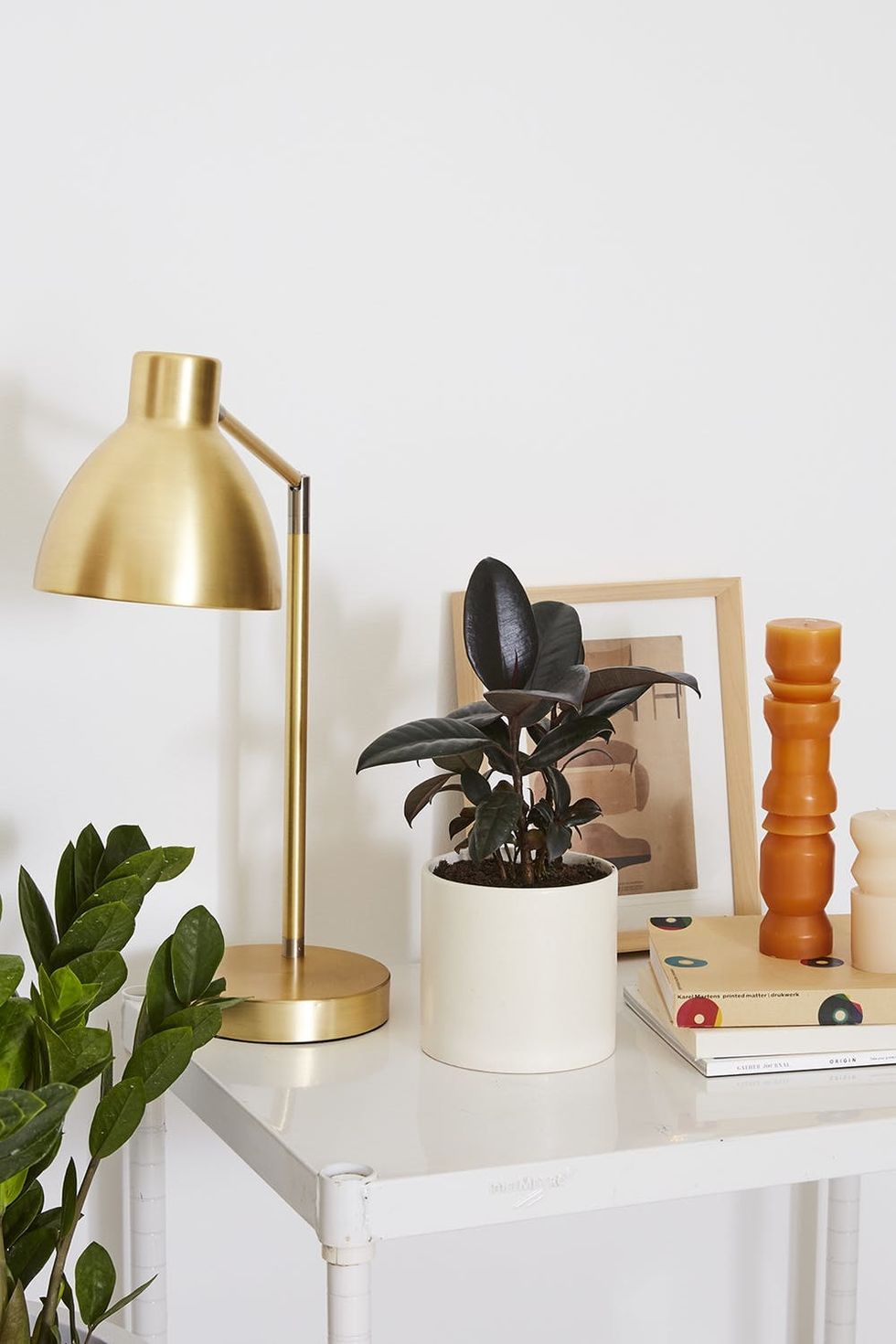
If you’re unsure if the sunlight your plant now receives with the seasonal change is too intense, put your hand in that same area at midday. If the sunlight is too hot for you to keep your hand there for an extended period of time, it’s most likely too intense for your plant to sit there all spring and summer. (Remember that most cacti and succulents are considered exclusions from these seasonal plant care tweaks, as they prefer dry heat and direct sun.)
Quick tip: Is your plant getting leggy? You can help your houseplant maintain shape by rotating it weekly so each side receives equal sun exposure and nutrients.
TEMPERATURE
Do not blast your air conditioning in the direct line of your houseplant! Move plants away from cooling devices that create intense fluctuations in temperature and moisture levels. Most common houseplants are tropical natives and prefer a warmer, more humid climate, preferably one between 65 and 75 degrees F.
Succulents, like cacti, also prefer the warmth, just minus the moisture.
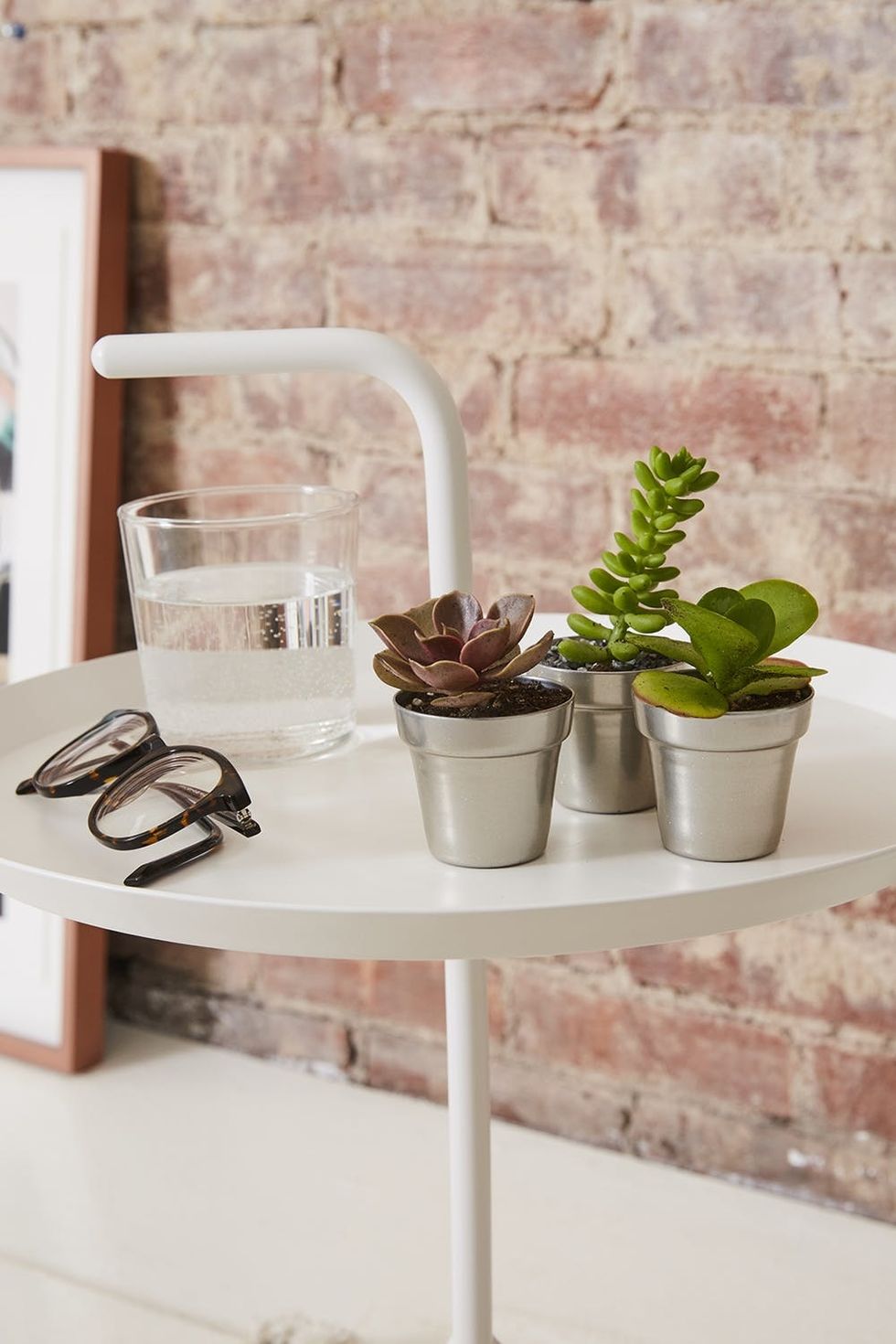
PRUNE
Regularly prune off dying or struggling foliage. Those drooping leaves and stems can use up nutrients and water, leaving little for the rest of your houseplant, and attract pesky insects. Do not allow dropped leaves to collect on top of the potting mix, which can also increase the chance of plant pests and diseases.
MOVE
Consider preparing your houseplants to be put outside for the summer. Most plants can be invigorated by a summer spent outdoors: Consider it houseplant summer camp! Here in New York City, late-April to mid-May is usually a good time to start the move outside, or when nighttime temperatures are consistently higher than 55 degrees F. Just be sure to make the move gradual to avoid shocking your plants: Don’t move a plant from a dark corner indoors to a reflective rooftop outside in a single go, for example! That little fella will fry in the harsh, direct sun.
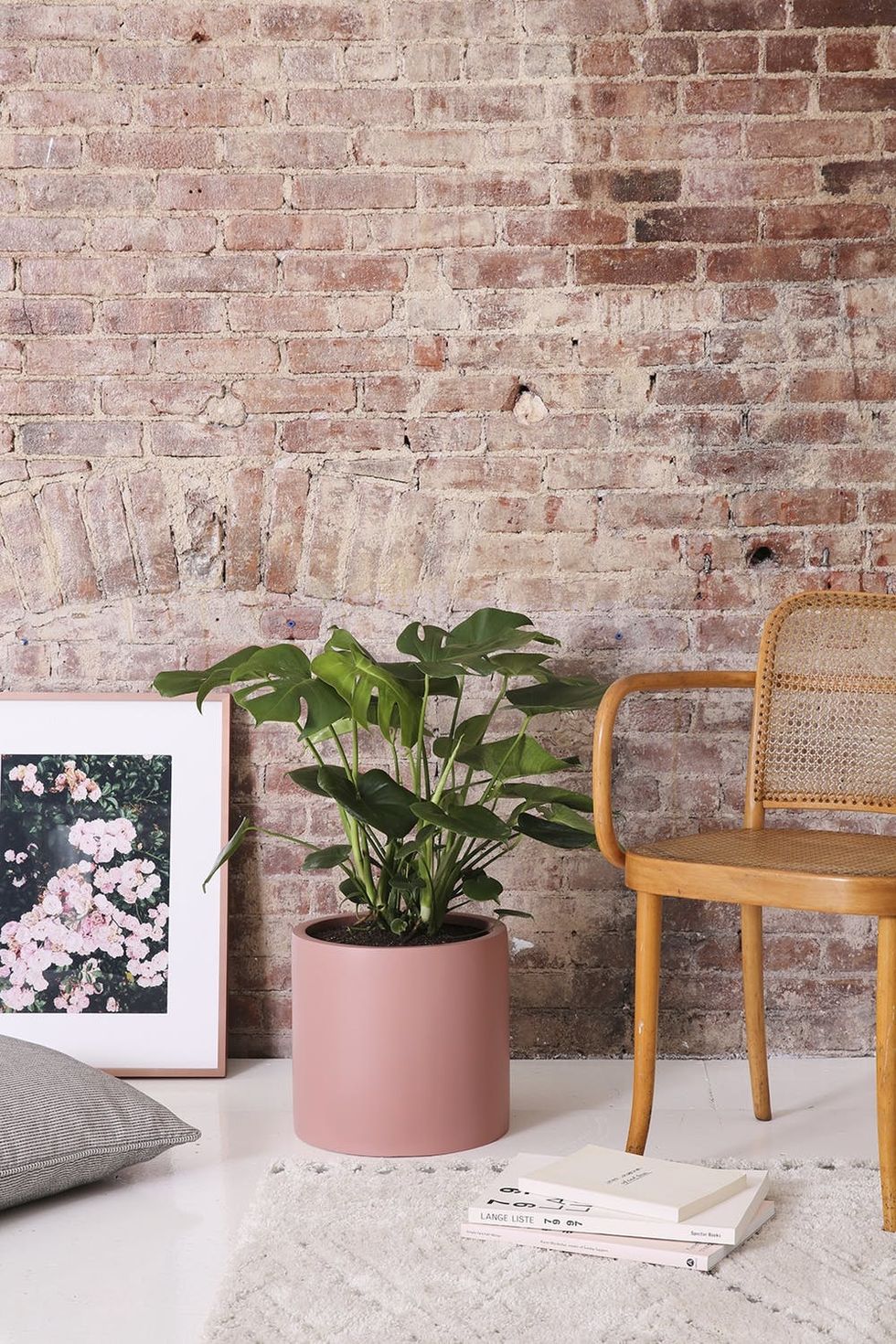
We recommend placing your houseplants in a shadier spot outside first, followed by light conditions similar to what they enjoyed inside a few weeks later. Keep in mind that unlike indoors, your plant receives light from all directions when it’s outside. (Not only is it stronger, there is more of it.)
Make sure the planters you move your plants outside in have drainage holes in case of heavy rain, or place them where they won’t be soaked, which – like overwatering – can cause root rot. Shelter smaller plants from strong winds.
REPOT
Spring is the best time to repot your houseplants. Plants typically need to be repotted every 12 to 18 months, so if you can work it into your spring cleaning schedule every year or two, that’s ideal. Some slow growers, like cacti, can go years without a repot. To clear up a common misconception: Repotting does not necessarily mean putting the plant in a new planter, but rather, changing its soil or potting mix. Fresh mix provides your plant with the fresh nutrients it’ll need to take the growth season by storm.
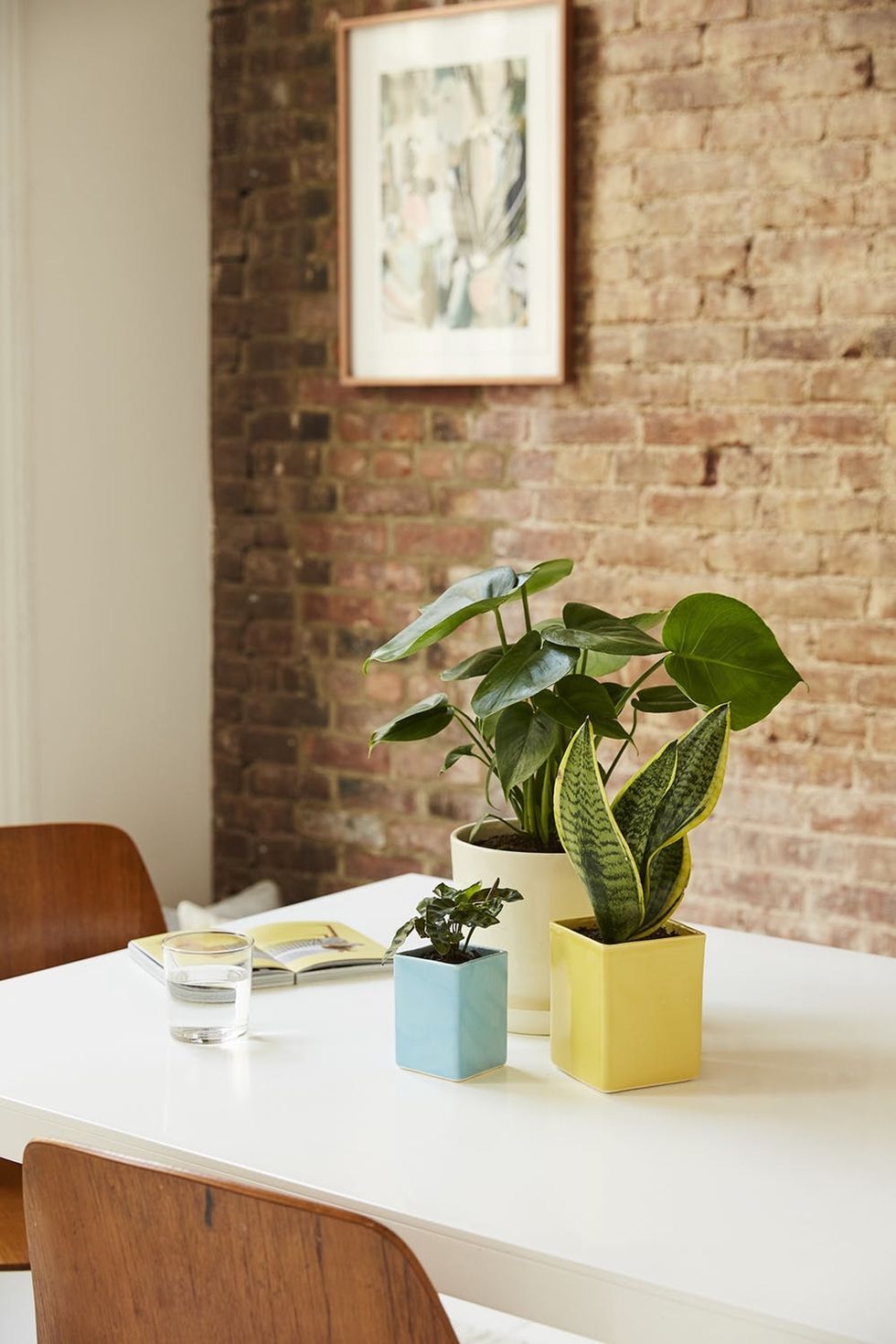
FERTILIZE
Fertilization is one of those plant care chores that tend to get overlooked by most first-time plant parents, but can be critical for the long-term health of your houseplants! Fertilizer should be thought of as vitamins for plants; it’s not plant food (plants make their own food via light and photosynthesis). If you plan to repot your plants with fresh potting mix this spring, you can wait to fertilize or skip altogether. The new mix will provide all the nutrients your plant will need. If you’re not planning to repot your plants – maybe you’re short on time, or none of your plants need a new, larger planter to call home – then fertilizer is a great way to give them the vitamins they need without swapping their soil.
Shop the plants and planters pictured above here.
What house plants are you using in your home this season? Let us know @BritandCo!
This article has been updated.
0 Commentaires